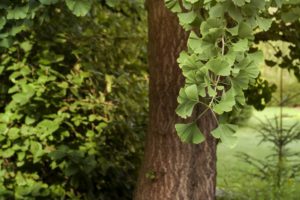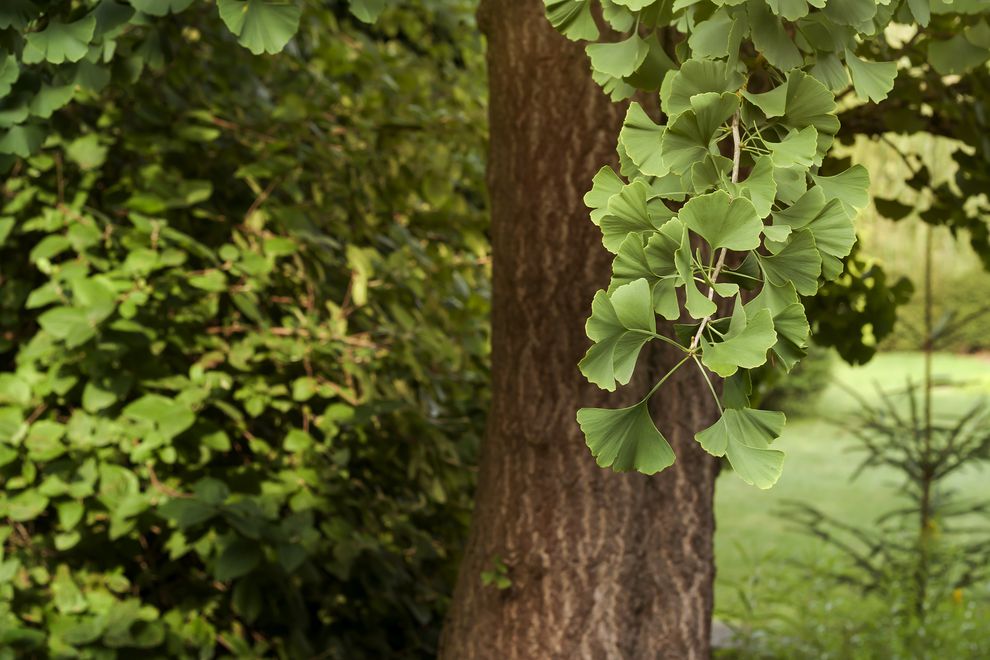
As humans age, our bodies start to slow down and get creaky. But the same doesn’t happen with the ginkgo biloba tree.
It’s hardly a fair comparison, as these living fossils with the iconic fan-shaped leaves can live more than 1,000 years. Some of the oldest fossilized ginkgo leaves date back to 200 million years ago.
Researchers wanted to know what gives these trees their longevity. They compared dozens of ginkgo trees ranging in age from 15 to 667 years old to see what helped them live so long. Their findings were published in the Proceedings of the National Academies of Science.
“In humans, as we age, our immune system begins to start to not be so good,” study coauthor Richard Dixon, a biologist at the University of North Texas, told The New York Times. But in a way, “the immune system in these trees, even though they’re 1,000 years old, looks like that of a 20-year-old.”
The study suggests that although leaves might die, the trees themselves are unlikely to ever die of old age, according to the findings. Most trees instead appear to die from stressors such as pests or droughts, the researchers said.
I – Word Understanding
Creaky – old / in bad condition
fossils – preserved remains of something old
Fossilized – preserved to become a fossil
II – Have Your Say
1. Gingko trees are very common at Shinto shrines and a major part of Japanese fall landscape. What is the importance of this tree to Japan and what is it known for?
a. Symbol of Tokyo for 30 years
b. Ginnan (nuts) at some izakaya tables
c. There are 3 very old ginkgo trees in Japan
2. What other old / historical / important trees do you have in your country?
3. As stated in this study, it is unlikely for this tree to die of old age but rather appear to die due to stressors. How can we apply this to our lives?


